Dear Lee,
Art Basel and Design Miami are huge shows held each year in Miami Beach. The rich and famous, curators, museum board members, jewelers, artists and just plain folks spend a week walking through shows, examining displays, buying, eating, drinking, attending lectures, meeting artists and “networking.” I go to see how modern art and design have borrowed from the past. Here are a few examples, with numbered references to the photos:
David Clarke reworks early 1900s American silver-plated serving pieces [1]. He adds metalwork to a piece of Victorian silver to turn it into a new, imaginative shape that’s a sculpture, not a serving piece.
Next is a twin “chair” [2] that can’t be used as a seat. It’s made of two old chairs joined by a redesigned double back—another piece of sculpture.
A row of butterfly pictures [3] fascinated me. There were about eight pictures in a row. I thought they were botanical prints until one butterfly started to fly. It was a series of animated digital images.
Old plates are popular. One booth had a series of oversized paintings of well-known antique plates mounted in a row about 20 feet long. Kim and I recognized Delft, Meissen, Royal Copenhagen, Rosenthal, Worcester and others. At first we thought they were real pieces of porcelain. I had to touch one to be sure. Even in the photograph [4], they look real—like a store display of china.
What looks like a garden fountain [5] is a sculpture made of tiny buttons. Other pieces by the same artist were a 4-foot parrot and a huge Shaker bonnet made of white beads. A nearby booth displayed a tower about 10 feet high made of damaged teapots, plates, cups and other dinnerware. It looked like a giant copy of a small glued-together pile of dishes I have in my garden.
I was tempted to buy a mobile made of several old souvenir spoons. You can see in the close-up photo of one spoon [6] that the spoon’s bowl shows a picture of a person’s open mouth. It makes the hanging spoons look as though they’re ready to eat. But this was Design Miami, and every piece of art or design was priced in the thousands.
The exhibit I liked the most was a table made of flat curved pieces of iron that reminded me of a giant octopus. It was used to display pieces of European art pottery from the early 1900s. Many of the makers were unfamiliar to me. I hope to report on some of the best of them soon.

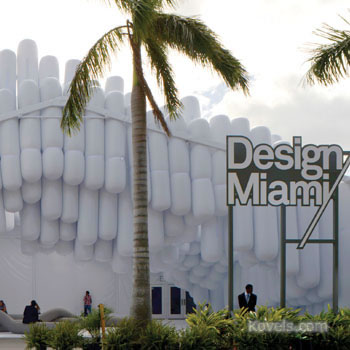
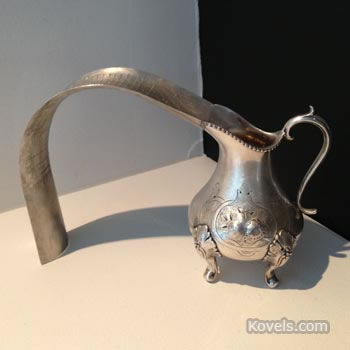
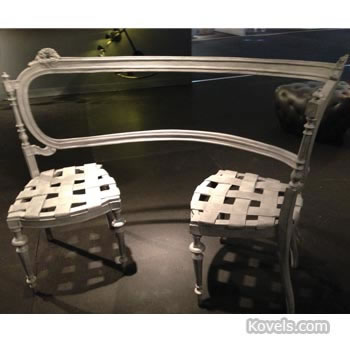
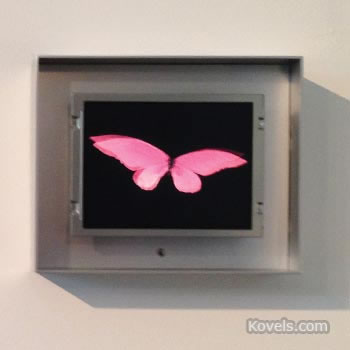
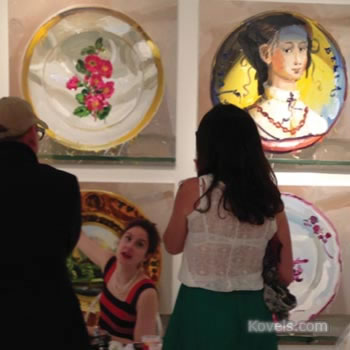
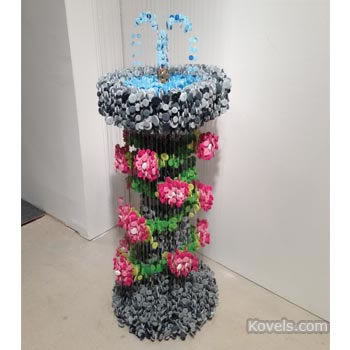
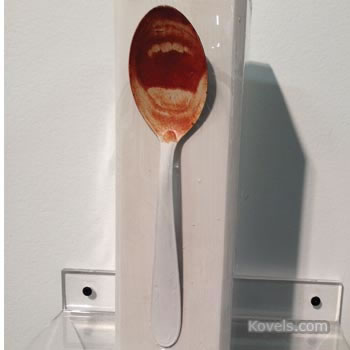



Leave a Reply
You must be logged in to post a comment.